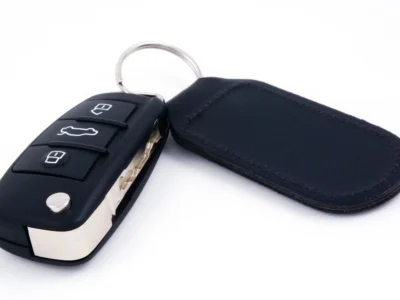
Hyundai Tucson Engine Size: Complete 2025 Guide
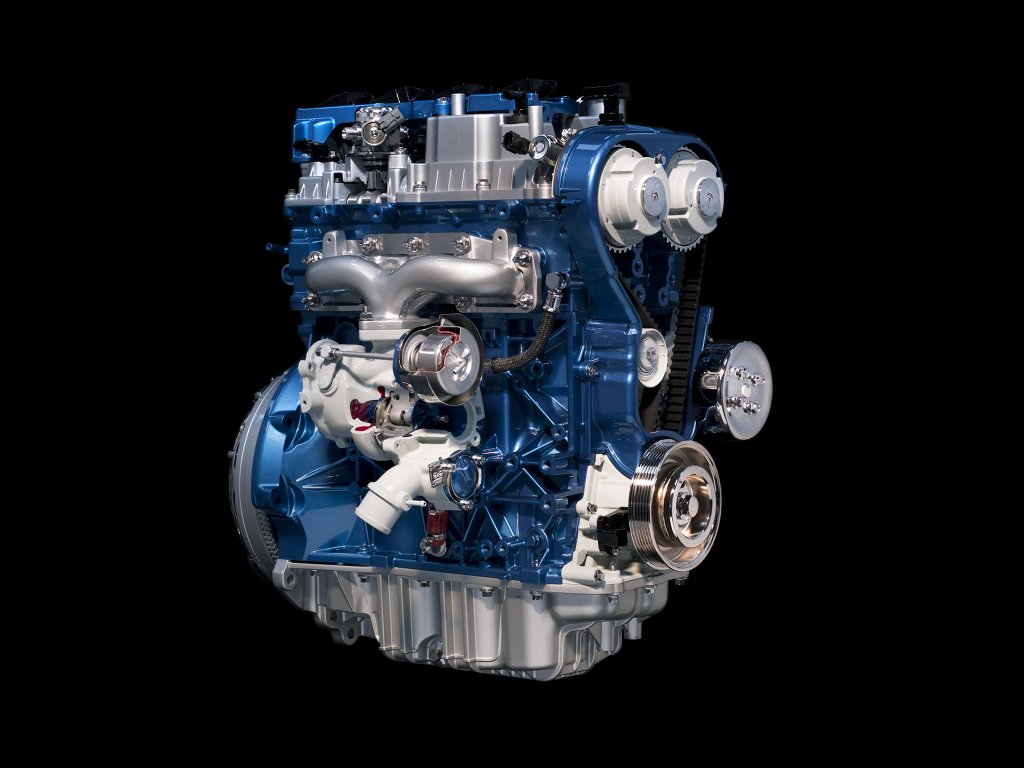
When it comes to SUVs that balance comfort, performance, and practicality, the Hyundai Tucson continues to make waves across the global automotive scene. One of the key questions drivers ask is simple yet significant: What’s the engine size of the Hyundai Tucson—and how does it affect performance, fuel efficiency, and overall driving experience?
In this comprehensive guide, we’ll break down every detail about the Hyundai Tucson engine sizes, covering everything from specifications and horsepower to hybrid options and maintenance tips. So, buckle up—we’re diving deep into the beating heart of the Tucson.
- Why Engine Size Matters in the Hyundai Tucson
- Overview of Hyundai Tucson Engine Options
- The 2.5L Gasoline Engine – Balanced and Reliable
- The 1.6L Turbocharged Hybrid Engine – Power Meets Efficiency
- The Plug-In Hybrid (PHEV) 1.6L Engine
- Diesel Options (For Global Markets)
- Engine Size Comparison by Generation
- Which Engine Size is Best for You?
- Performance by Engine Type
- Engine Size and Towing Capacity
- Engine Technology: Smartstream Innovation
- Engine Maintenance Tips for Tucson Owners
- Pros and Cons of Each Engine Size
- Common Engine-Related Myths
- The Future of Hyundai Tucson Engines
- Real-World Driving Impressions
- Summing It All Up
- FAQs
Why Engine Size Matters in the Hyundai Tucson
An engine’s size—measured in liters or cubic centimeters (cc)—tells us the total volume of all the cylinders inside it. Think of it as the “lung capacity” of your vehicle.
- A larger engine can inhale more air and burn more fuel, producing more power.
- A smaller engine, meanwhile, uses less fuel, offering greater efficiency.
In the Hyundai Tucson, the engine size isn’t just about raw numbers—it defines how the SUV feels under your hands, whether you’re cruising down the highway or navigating urban streets.
Overview of Hyundai Tucson Engine Options
The Tucson’s lineup varies by market and trim, but generally, it offers a range of powertrains to suit different driving styles.
| Model Year | Engine Type | Displacement (L) | Cylinders | Power Output (hp) |
|---|---|---|---|---|
| 2025 Tucson 2.5L | Gasoline | 2.5 | 4-cylinder | 187 hp |
| 2025 Tucson 1.6T Hybrid | Turbo + Electric | 1.6 | 4-cylinder | 226 hp combined |
| 2025 Tucson Plug-in Hybrid | Turbo + Electric | 1.6 | 4-cylinder | 261 hp combined |
| 2025 Tucson Diesel (select markets) | Turbo Diesel | 2.0 | 4-cylinder | 183 hp |
The 2.5L Gasoline Engine – Balanced and Reliable
Engine Size and Power Output
The 2.5-liter Smartstream GDI engine is the standard engine for the Tucson in most markets.
- Displacement: 2.5 liters
- Horsepower: 187 hp
- Torque: 178 lb-ft
- Transmission: 8-speed automatic
This engine strikes a middle ground—neither too thirsty nor too sluggish. It’s perfect for daily commutes, family trips, and even long weekend drives.
Driving Experience
We’d describe the 2.5L as “steady as a heartbeat.” It’s not built to thrill like a turbocharged sports engine, but it offers smooth, predictable acceleration. Think of it as the friend who never lets you down.
The 1.6L Turbocharged Hybrid Engine – Power Meets Efficiency
Hybrid Engine Size and Configuration
The 1.6-liter turbocharged hybrid engine in the Hyundai Tucson combines gasoline and electric power seamlessly.
- Displacement: 1.6L
- Combined Output: 226 hp
- Torque: 258 lb-ft
This compact yet potent engine delivers both efficiency and punchy acceleration—an ideal choice for eco-conscious drivers who still want spirited performance.
How the Hybrid System Works
The hybrid system uses a small lithium-ion battery to assist the gasoline engine during acceleration and low-speed driving.
When you lift off the throttle, the energy is recovered through regenerative braking—charging the battery for later use.
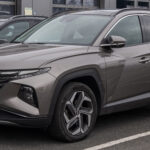 Hyundai Tucson Fuel Tank Capacity: Complete Guide (2025 Update)
Hyundai Tucson Fuel Tank Capacity: Complete Guide (2025 Update)The Plug-In Hybrid (PHEV) 1.6L Engine
If you want an even cleaner, quieter, and more fuel-efficient experience, the Plug-in Hybrid Tucson is a marvel of modern engineering.
- Engine Size: 1.6L Turbo
- Electric Motor Output: 90 hp
- Combined Power: 261 hp
- Electric Range: Up to 33 miles (EPA estimate)
This engine setup lets you glide through short commutes using electricity alone, saving gas for longer trips.
Diesel Options (For Global Markets)
In select regions—especially Europe and Asia—the 2.0L turbo diesel engine continues to be a popular choice.
- Displacement: 2.0L
- Power: 183 hp
- Torque: 310 lb-ft
Diesel engines are built for torque, which means stronger pull and towing ability. They’re ideal for drivers who haul trailers or tackle hilly terrain regularly.
Engine Size Comparison by Generation
| Generation | Years | Engine Sizes Available |
|---|---|---|
| 1st Gen (2004–2009) | 2.0L, 2.7L | Gasoline & Diesel |
| 2nd Gen (2010–2015) | 2.0L, 2.4L | Gasoline & Diesel |
| 3rd Gen (2016–2020) | 1.6L, 2.0L, 2.4L | Gasoline & Diesel |
| 4th Gen (2021–2025) | 1.6L Hybrid, 2.5L | Gasoline, Hybrid, PHEV |
It’s fascinating to see how the Tucson’s engines have shrunk in size but grown in efficiency and power over time—a testament to Hyundai’s engineering evolution.
Which Engine Size is Best for You?
Let’s break it down:
- Daily city driver? → 1.6L Hybrid
- Frequent highway traveler? → 2.5L Gasoline
- Off-road adventurer or tower? → 2.0L Diesel
- Eco-conscious commuter? → 1.6L Plug-in Hybrid
Choosing the right engine size depends on how and where you drive most.
Performance by Engine Type
Acceleration and Handling
- 2.5L Engine: 0–60 mph in about 8.8 seconds.
- 1.6L Hybrid: 0–60 mph in 7.4 seconds—thanks to the electric boost.
- 1.6L PHEV: 0–60 mph in 7.1 seconds.
That’s impressive considering this SUV’s comfort-first design.
Fuel Efficiency
| Engine | Fuel Economy (Combined MPG) |
|---|---|
| 2.5L Gasoline | 28 MPG |
| 1.6L Hybrid | 38 MPG |
| 1.6L Plug-in Hybrid | 35 MPG + electric-only mode |
| 2.0L Diesel | 40 MPG (approx., depending on region) |
Engine Size and Towing Capacity
Here’s a quick breakdown of how engine size affects towing:
| Engine | Towing Capacity (lbs) |
|---|---|
| 2.5L Gasoline | 2,000 lbs |
| 1.6L Hybrid | 2,000 lbs |
| 1.6L Plug-in Hybrid | 2,000 lbs |
| 2.0L Diesel | 3,500 lbs |
If you’re planning to haul a small boat, trailer, or camper, the diesel Tucson is your go-to choice.
Engine Technology: Smartstream Innovation
Hyundai’s Smartstream technology is the secret sauce behind the Tucson’s efficiency.
It integrates:
 Hyundai Tucson Fuel Tank Capacity: Complete Guide (2025 Update)
Hyundai Tucson Fuel Tank Capacity: Complete Guide (2025 Update) Hyundai Tucson Oil Capacity: Complete Guide for Every Engine
Hyundai Tucson Oil Capacity: Complete Guide for Every Engine- CVVD (Continuously Variable Valve Duration) for optimizing airflow.
- Turbocharging for instant power.
- Integrated thermal management to regulate engine temperature.
The result? Smoother acceleration, improved fuel economy, and lower emissions.
Engine Maintenance Tips for Tucson Owners
Want your engine to run like new? Follow these golden rules:
- Change oil regularly – every 7,500 miles or 12 months.
- Use recommended oil grades – typically 0W-20 for hybrids, 5W-30 for gasoline.
- Keep an eye on coolant levels.
- Replace air filters every 15,000 miles.
- Inspect spark plugs around 60,000 miles.
Remember, a well-maintained engine lasts longer and saves money in the long run.
Pros and Cons of Each Engine Size
| Engine | Pros | Cons |
|---|---|---|
| 2.5L Gasoline | Strong performance, simple maintenance | Lower fuel economy |
| 1.6L Hybrid | Great efficiency, smooth power | More complex components |
| 1.6L PHEV | Electric-only mode, quiet drive | Higher initial cost |
| 2.0L Diesel | Best torque, towing strength | Limited availability |
Let’s bust a few myths:
- “Bigger engine = better car.” Not always. Smaller turbocharged engines can outperform larger ones today.
- “Hybrids can’t tow.” The Tucson hybrid says otherwise.
- “Turbo engines are unreliable.” Modern turbos are built to last—just give them proper care.
The Future of Hyundai Tucson Engines
Looking ahead, Hyundai is moving toward smaller, electrified powertrains with even higher efficiency. Rumors hint at a fully electric Tucson variant joining the lineup soon, possibly featuring a dual-motor setup and range above 300 miles.
Real-World Driving Impressions
Driving the Tucson—no matter the engine size—feels like gliding on calm waters. The hybrid’s instant torque delivers punchy starts, while the 2.5L gasoline offers refined consistency. The plug-in model, meanwhile, feels futuristic—silent at low speeds, powerful when needed.
Summing It All Up
The Hyundai Tucson’s engine sizes prove that performance doesn’t always demand more cylinders or displacement. With its range from the 1.6L hybrid to the 2.5L gasoline, the Tucson delivers a tailored driving experience for every kind of driver—whether you crave efficiency, torque, or a mix of both.
The heart of the Tucson beats stronger than ever—and no matter which engine you choose, it’s clear that Hyundai’s engineering prowess continues to push the limits of what an SUV can be.
FAQs
1. What engine sizes are available in the 2025 Hyundai Tucson?
The 2025 Tucson offers a 2.5L gasoline engine, a 1.6L hybrid, a 1.6L plug-in hybrid, and a 2.0L diesel in select markets.
2. Which Tucson engine has the best fuel economy?
The 1.6L hybrid engine delivers the best fuel economy, averaging around 38 MPG combined.
3. Can the Tucson hybrid tow a trailer?
Yes. Both hybrid and plug-in hybrid versions can tow up to 2,000 pounds.
You may be interested in reading Hyundai Tucson Fuel Tank Capacity: Complete Guide (2025 Update)
Hyundai Tucson Fuel Tank Capacity: Complete Guide (2025 Update) Hyundai Tucson Oil Capacity: Complete Guide for Every Engine
Hyundai Tucson Oil Capacity: Complete Guide for Every Engine Nissan Juke (2010-2019): How to Reset the Service Light
Nissan Juke (2010-2019): How to Reset the Service Light4. What is the most powerful Tucson engine?
The 1.6L plug-in hybrid tops the list with 261 combined horsepower.
5. Does engine size affect maintenance cost?
Larger engines typically consume more oil and may cost slightly more to maintain, but hybrid systems can also have higher part costs due to complex components.
If you want to know other articles similar to Hyundai Tucson Engine Size: Complete 2025 Guide you can visit the category Service and Parts.
Deja una respuesta

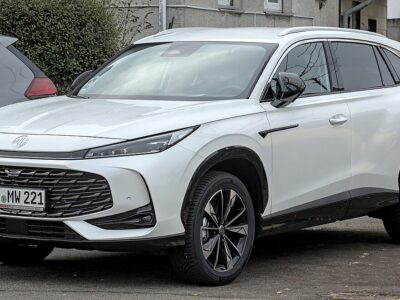
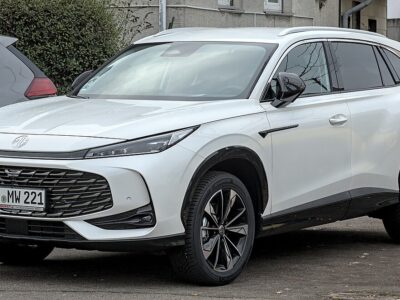
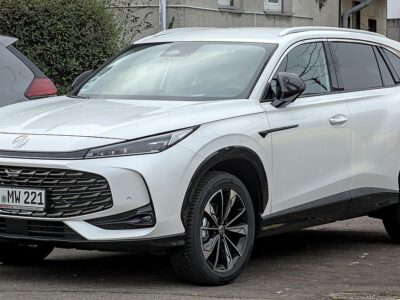
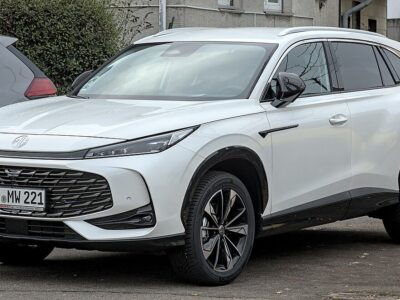
More content of your interest